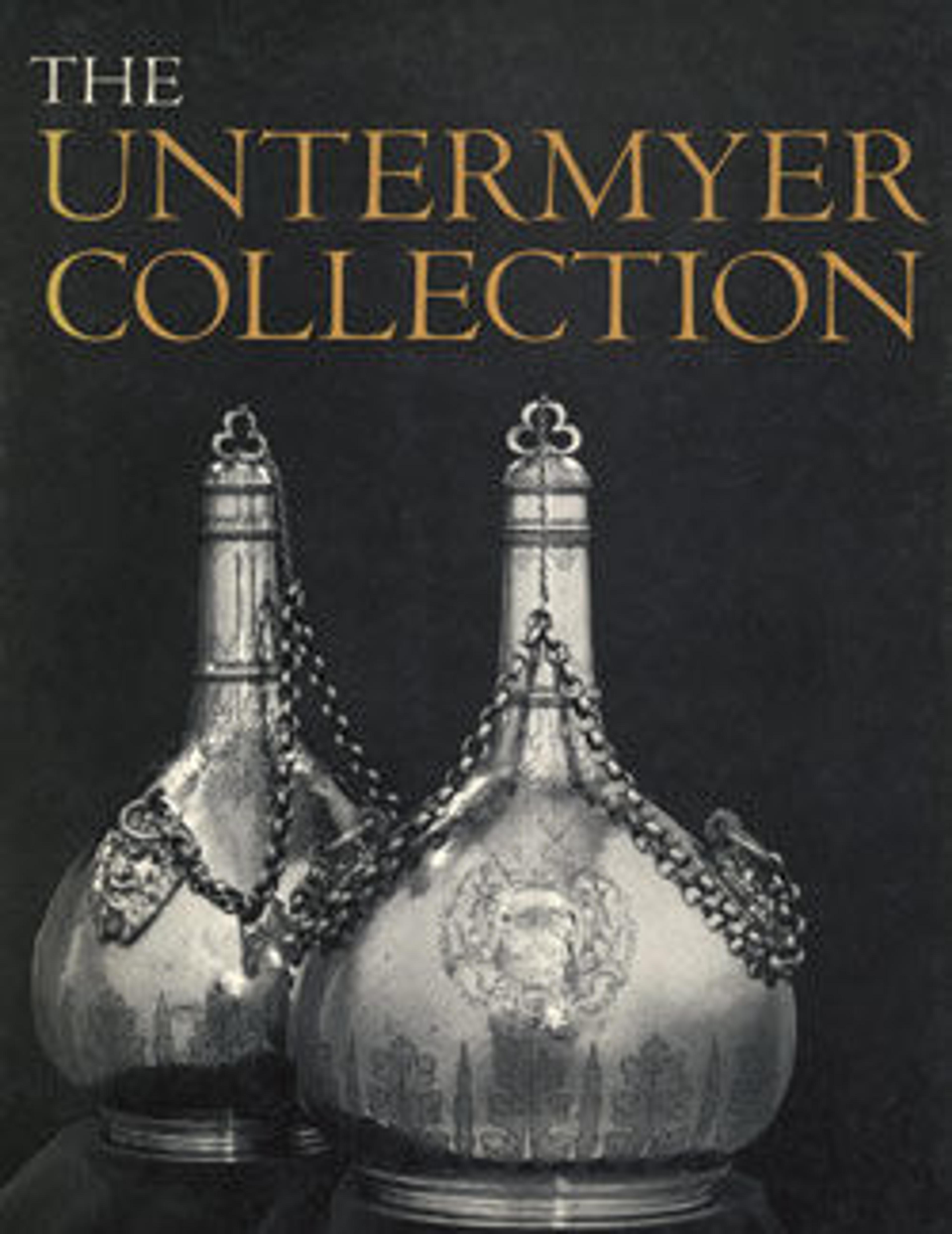Golden oriole (one of a pair)
Porcelain birds have their origins in the princely tradition of maintaining collections of living animals and birds in menageries and aviaries, which were viewed as microcosms of the universe, and emblems of royal power and enlightenment. These collections often included exotic birds such as parrots, admired for their rarity, as well as more familiar native species.
In 1731 the Meissen manufactory began a new genre in European porcelain, producing several hundred life-size and near-life-size porcelain birds and animals, many destined for the Japanese Palace of Augustus the Strong, Elector of Saxony (1670–1733). To create them, factory modelers found inspiration in nature, looking both to living and stuffed specimens, as well as zoological illustrations and Asian porcelain precedents. The great Meissen modeler Johann Joachim Kändler is known to have copied from life the birds kept at the royal aviary at Schloss Moritzburg.
Surviving prints and drawings of the period indicate that porcelain birds, animals, and vases were placed on gilt wood brackets arranged in decorative, symmetrical patterns. An eighteenth-century English visitor to the Japanese Palace, Jonas Hanway, described this manner of display: "The long gallery in the second story had already two marble chimney-pieces, each adorned with near 40 very large pieces of porcelain, of birds, beasts, and vases, ranged to the height of above 20 feet in a most superb taste…."
[Elizabeth Sullivan, 2013]
In 1731 the Meissen manufactory began a new genre in European porcelain, producing several hundred life-size and near-life-size porcelain birds and animals, many destined for the Japanese Palace of Augustus the Strong, Elector of Saxony (1670–1733). To create them, factory modelers found inspiration in nature, looking both to living and stuffed specimens, as well as zoological illustrations and Asian porcelain precedents. The great Meissen modeler Johann Joachim Kändler is known to have copied from life the birds kept at the royal aviary at Schloss Moritzburg.
Surviving prints and drawings of the period indicate that porcelain birds, animals, and vases were placed on gilt wood brackets arranged in decorative, symmetrical patterns. An eighteenth-century English visitor to the Japanese Palace, Jonas Hanway, described this manner of display: "The long gallery in the second story had already two marble chimney-pieces, each adorned with near 40 very large pieces of porcelain, of birds, beasts, and vases, ranged to the height of above 20 feet in a most superb taste…."
[Elizabeth Sullivan, 2013]
Artwork Details
- Title:Golden oriole (one of a pair)
- Manufactory:Meissen Manufactory (German, 1710–present)
- Modeler:Johann Gottlieb Ehder
- Modeler:After a model by Johann Joachim Kändler (German, Fischbach 1706–1775 Meissen)
- Date:1740–41
- Culture:German, Meissen
- Medium:Hard-paste porcelain
- Dimensions:Height: 12 in. (30.5 cm)
- Classification:Ceramics-Porcelain
- Credit Line:Gift of Irwin Untermyer, 1964
- Object Number:64.101.10
- Curatorial Department: European Sculpture and Decorative Arts
More Artwork
Research Resources
The Met provides unparalleled resources for research and welcomes an international community of students and scholars. The Met's Open Access API is where creators and researchers can connect to the The Met collection. Open Access data and public domain images are available for unrestricted commercial and noncommercial use without permission or fee.
To request images under copyright and other restrictions, please use this Image Request form.
Feedback
We continue to research and examine historical and cultural context for objects in The Met collection. If you have comments or questions about this object record, please contact us using the form below. The Museum looks forward to receiving your comments.
